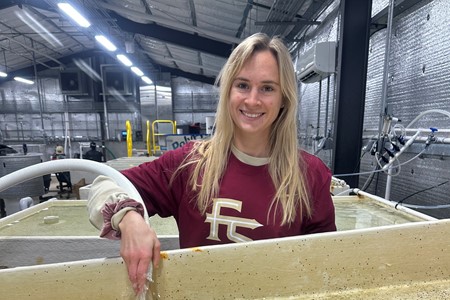A Florida State University doctoral student has earned a competitive fellowship to conduct coastal and marine conservation research in the Florida Keys.
Apalachicola Bay set to reopen for oyster harvesting after five years of closure
After five years of being closed, Apalachicola Bay could open back up for oyster harvesting. The Florida Fish and Wildlife Conservation Commission is considering partially opening the Apalachicola Bay for wild oyster harvesting. The bay collapsed in 2013, and it’s been closed since 2020 to allow the oyster reefs to recover.











